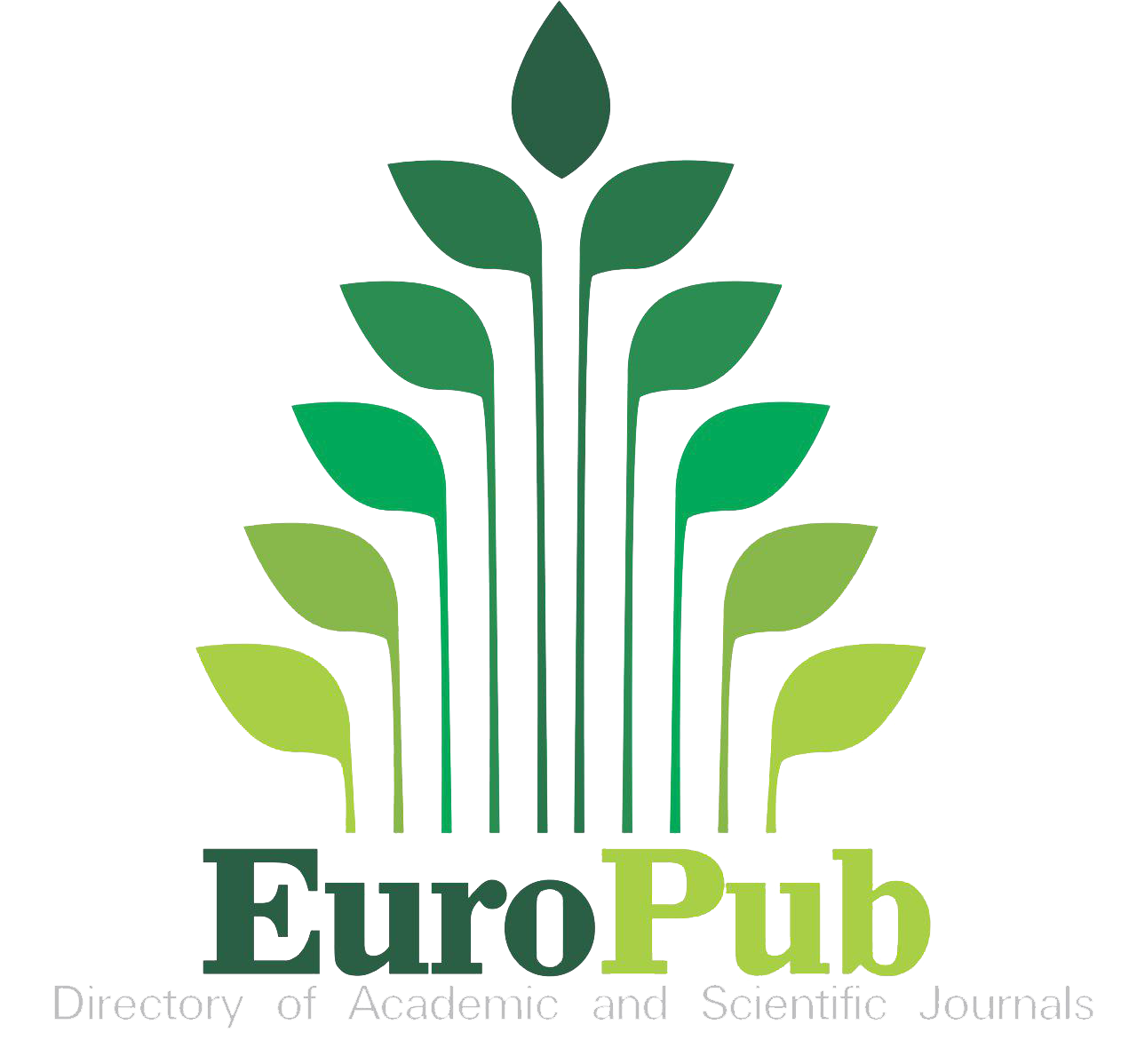Extent of Compliance of Ordinance Prohibiting the Use of Styrofoam Containers and Regulating the Use of Single Use Plastics in Cabugao Public Market
DOI:
https://doi.org/10.54536/ajec.v3i2.3042Keywords:
Environmental Sustainability, Public Market Ordinance Compliance, Styrofoam, Single-Use PlasticsAbstract
This study aimed to examine the extent of compliance with Ordinance No. 17, series of 2022 which prohibits the use of styrofoam containers and regulates the use of single-use plastics in Cabugao Public Market. The research addresses the detrimental environmental, public health, and economic impacts of these materials. The study employed a descriptive research design and snowball sampling technique to gather data from wet market vendors through a survey-checklist. The findings indicate a high level of awareness and compliance among the vendors. All respondents were aware of the ordinance and its objectives, actively participated in regulating plastic use, and reported consistent monitoring by the local government. However, some vendors faced challenges related to customer complaints about the durability of alternative packaging and the higher cost compared to plastic bags. Vendors provided suggestions to address these issues, such as allowing the use of environmental-friendly alternative plastic bags.
Downloads
References
Ahmad, T., Manzar, M. S., Khan, S., Al-Sharafi, M. A., Georgin, J., Franco, D. S., & Ullah, N. (2024). Enhanced adsorption of bisphenol-A from water through the application of isocyanurate based hyper crosslinked resin. Journal of Molecular Liquids (Print), 395, 123861. https://doi.org/10.1016/j.molliq.2023.123861
Atilano-Tang, L. A., & Laudin, M. (2023). Banning the use of non-biodegradable plastic bags during weekends in Zamboanga City, Philippines: An Outcome analysis of public Policy implementation. Social Science Research Network. https://doi.org/10.2139/ssrn.4535600
Braganza, P. A. T. (2017). Assessment of the implementation of the plastic bag reduction ordinance in Quezon City (2012–2016). Philippine Journal of Public Administration, 61(1–2), 20-42.
British Plastic Federation (n.d.). How is plastic made? A simple Step-By-Step 1on. British Plastics Federation. https://www.bpf.co.uk/plastipedia/how-is-plastic-made.aspx
Borg, K., Lennox, A., Kaufman, S., Tull, F., Prime, R., Rogers, L., & Dunstan, E. (2022). Curbing plastic consumption: A review of single-use plastic behaviour change interventions. Journal of Cleaner Production, 344, 131077. https://doi.org/10.1016/j.jclepro.2022.131077
Cverenkárová, K., Valachovičová, M., Martı-N, T., Žemlička, L., & Bírošová, L. (2021). Microplastics in the food chain. Life (Basel), 11(12), 1349. https://doi.org/10.3390/life11121349
Hardin, T. (2021, October 30). Plastic: it’s not all the same. Plastic Oceans International. https://plasticoceans.org/7-types-of-plastic/
Inocente, S. A., & Bacosa, H. (2022). Assessment of macroplastic pollution on selected beaches of Barobo, Surigao del Sur, Philippines. Journal of Marine and Island Cultures. https://jmic.online/issues/v11n1/14/
International Union for Conservation of Nature. (n.d.). Marine Plastic Pollution. https://www.iucn.org/resources/issues-brief/marine-plastic-pollution
Issac, M. N., & Kandasubramanian, B. (2021). Effect of microplastics in water and aquatic systems. Environmental Science and Pollution Research International, 28(16), 19544–19562. https://doi.org/10.1007/s11356-021-13184-2
Marcial, M. K., Pastor, E., Hernandez, J., Bobadilla, I. C., Escalona, J., & Escabel, E. (2016). Effectiveness in Implementation of Anti-Plastic Ordinance in Batangas City [Lyceum of the Philippines University]. https://research.lpubatangas.edu.ph/wp-content/uploads/2019/02/CRIM-2016-004.pdf
Mcleod, S. (2024). Albert Bandura’s Social Learning Theory. SimplyPsychology. https://www.simplypsychology.org/bandura.html#:~:text=Social%20Learning%20Theory%2C%20proposed%20by%20Albert%20Bandura%2C%20posits%20that%20people,process%20known%20as%20vicarious%20learning.
McCartney, S., & Parent, R. (2015, April 17). 2.9 Social contract theory. Pressbooks. https://opentextbc.ca/ethicsinlawenforcement/chapter/social-contract-theory/
Nickerson, C. (2024). Emile Durkheim’s Theory. SimplyPsychology. https://www.simplypsychology.org/emile-durkheims-theories.html
Niyitanga, E., Qamar, S. A., Bilal, M., Barceló, D., & Iqbal, H. M. (2021). Plastic waste and its management strategies for environmental sustainability. Case Studies in Chemical and Environmental Engineering, 4, 100142. https://doi.org/10.1016/j.cscee.2021.100142
Ranada, P. (2014, July 5). Plastic bags most common trash in Manila Bay – groups. RAPPLER. http://www.rappler.com/science-nature/environment/62397-plastic-bags-garbage-manila-bay
Plastic in the daily life—Plastic Garbage Project. (n.d.). Plastic Garbage Project. https://www.plasticgarbageproject.org/en/plastic-life
Siddique, M. a. M., Uddin, A., Hossain, M. S., Rahman, S. M. A., Rahman, M. S., Kibria, G., & Malafaia, G. (2024). “Microplastic seasoning”: A study on microplastic contamination of sea salts in Bangladesh. Marine Pollution Bulletin, 198, 115863. https://doi.org/10.1016/j.marpolbul.2023.115863
Udovički, B., Andjelković, M., Veličković, T. Ć., & Rajković, A. (2022). Microplastics in food: scoping review on health effects, occurrence, and human exposure. International Journal of Food Contamination, 9(1). https://doi.org/10.1186/s40550-022-00093-6
Downloads
Published
How to Cite
Issue
Section
License
Copyright (c) 2024 Dave Louis Baptista, Lester Saldua, Winston Padre, Junior Amodo, Gladys Rañon, Marjorie Sumagit, Jasper Kim Rabago

This work is licensed under a Creative Commons Attribution 4.0 International License.








